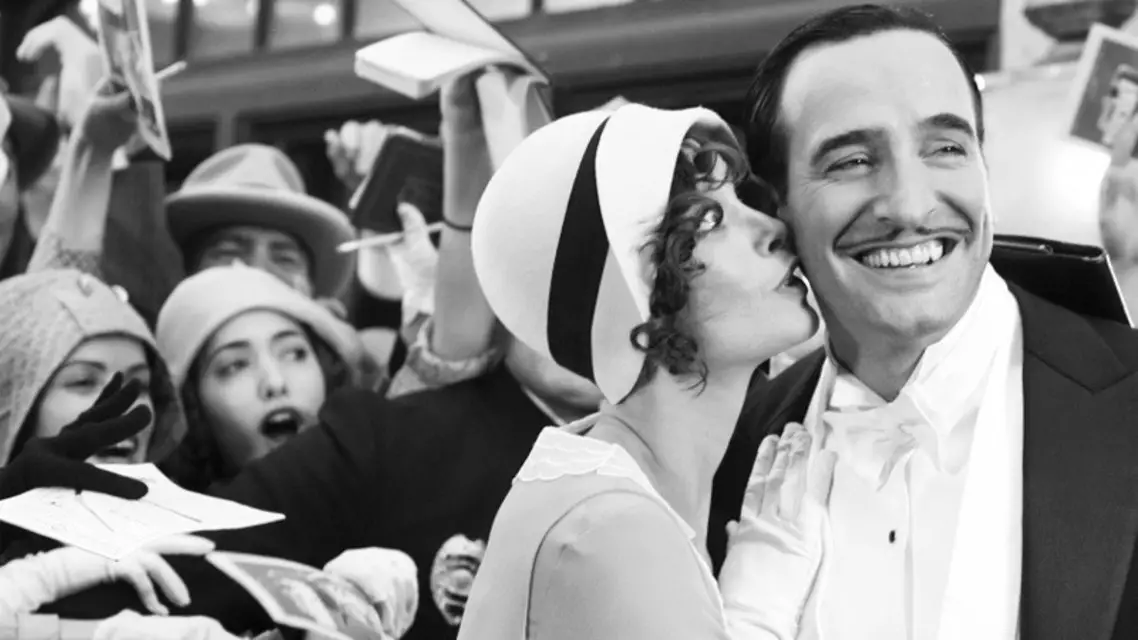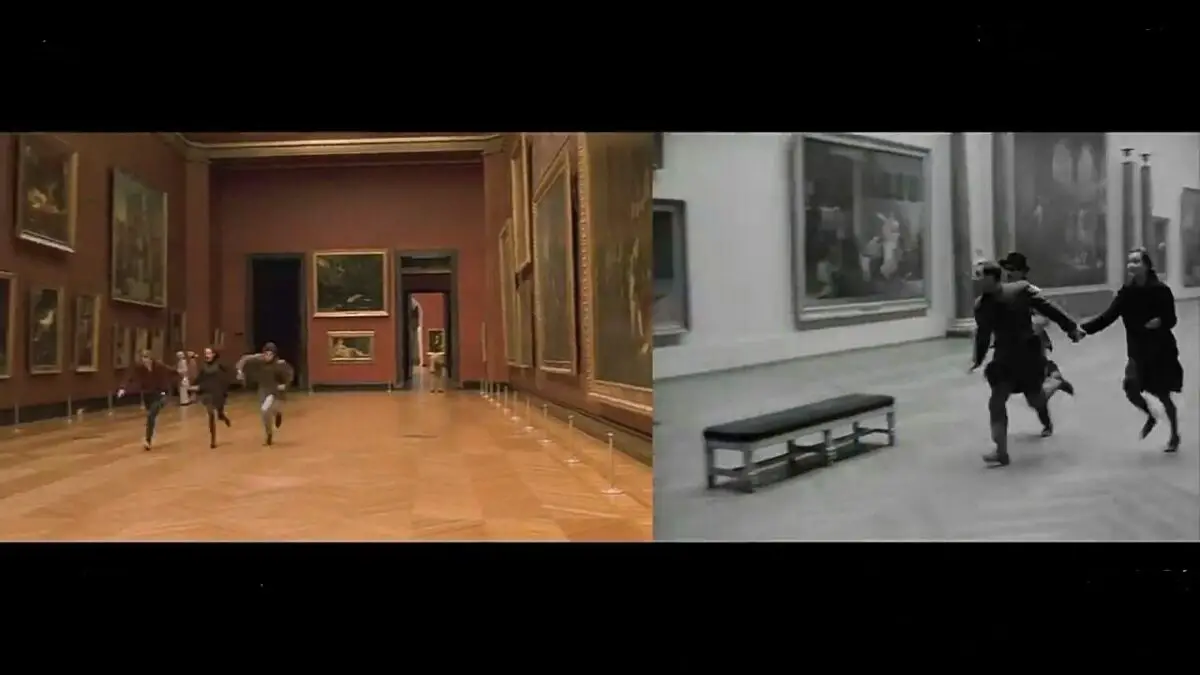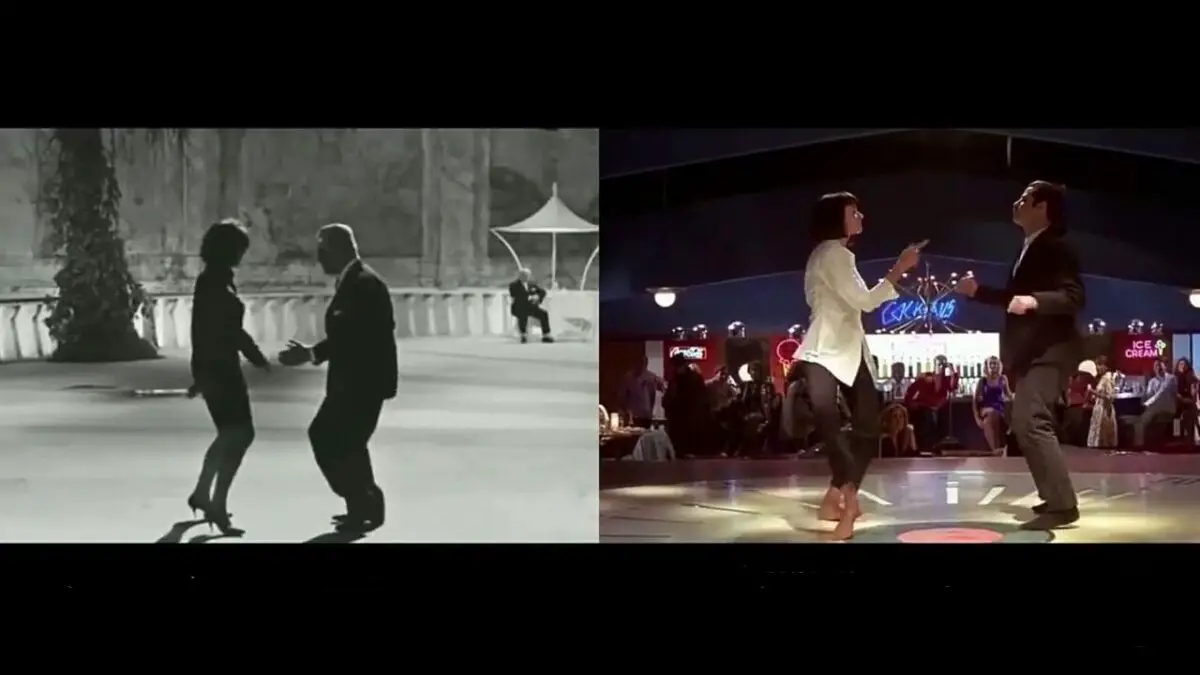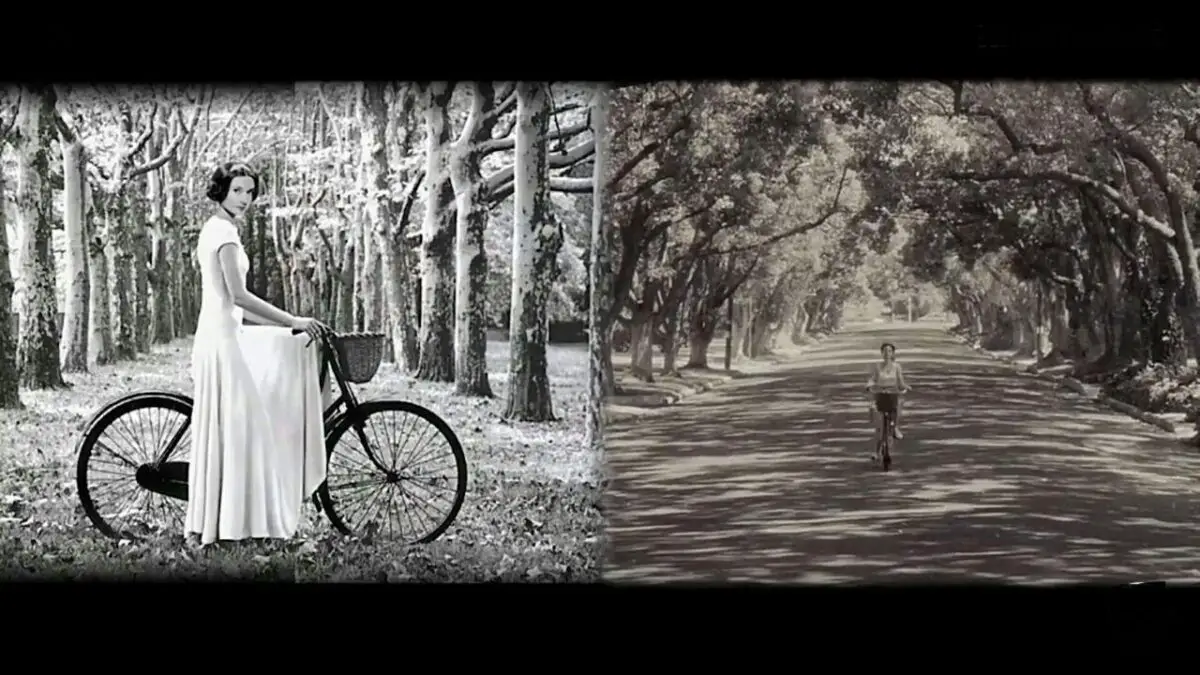 Any film art, if it is not “Arrival of the train at La Ciotat”, somehow has a couple of borrowings from other films. Sometimes, this is a frame-by-frame copied scene (if we are talking about remakes, then this happens everywhere). Sometimes, just one slight hint. But why are both called referrals? And if so, does it have any varieties. Below we will tell you about what movie references are and what they are. Go.
Any film art, if it is not “Arrival of the train at La Ciotat”, somehow has a couple of borrowings from other films. Sometimes, this is a frame-by-frame copied scene (if we are talking about remakes, then this happens everywhere). Sometimes, just one slight hint. But why are both called referrals? And if so, does it have any varieties. Below we will tell you about what movie references are and what they are. Go.
Referral
The word “reference”, while it has a real meaning, is slang in relation to cinema. Simply put, a reference is a reference to a movie in a movie. A quote is almost the same as a reference, only with two “buts”. Firstly, this concept is used mainly by art critics. Secondly, the classification of movie references is so small that an additional concept was found for quotations.
Quote
Most often, a quote is called skillfully constructed scenes in the film “B”, which almost in all have something in common with the film “A”. But if you remove all these scenes, then the film “B” will not lose in the plot, idea, or overall impression. For example, the dynamic scene of jogging through the halls of the Louvre in The Dreamers (2003) was a quote from The Outsider Gang (1964) by Jean-Luc Godard. Moreover, director Bernardo Bertolucci was so insecure that someone from the early 2000s audience would be able to recognize this reference that he pasted it into the scene with a new run.


Or, the famous Vincent Vega dance scene with Mia Wallace from Pulp Fiction (1994) which was originally a quote from a similar scene from 8 and a Half (1964).
Allusion
If a quote repeats a scene almost frame by frame, then an allusion is a more free interpretation of one or more scenes. In some cases, it is so free that you can hardly understand who or what the director was referring to. A striking example of this, the already cult series “Stranger Things”. Almost all the scenes of the series are filled with references, most of which are clear and immediately visible. But there are those that you will not notice from the first or second viewing, and they become obvious only after getting acquainted with the film, on which they were made.
For example, in the fifth episode of the third season, almost everyone noticed the scene in which Sheriff Hopper threatens the Russian terminator, and he replies: “You won’t do this, you are a policeman, you follow the law.” This is a direct reference to Die Hard, which has a scene where a German terrorist reminds McLain that he is a cop and therefore follows the law. But not everyone noticed that the scene where one of the main characters crawls through the ventilation and the scene on the elevator roof where the characters are hiding are also references to Die Hard, but not so obvious, because they are lost in the dynamics of the general narrative, as makes them “allusions”.
Hommage
Hommage is a gesture of respect sent by one creator to another. Until the beginning of the 20th century, this term was used to refer to artists or sculptors, but with the advent of cinema, it migrated there. Simply put, homage is the reproduction of a famous scene / scenes in a way that pays homage to the robot of the author of the original film. This technique is almost never frame-by-frame or too vague. It should also be added that homage, like an allusion, is still a quote or a reference. But unlike all the others, it is mostly positive. For this reason, one can often find such expressions as: “homage to silent cinema” or “homage to high culture.”
Perhaps the most striking example of silent film homage is The Artist (2011). Completely black and white and mute, it refers to the atmosphere of the 1930s, the time of the transition from silent to sound cinema.

If we talk about culture, then one cannot but recall “500 Days of Summer”, a film about people living in a world of their intellectual hobbies and cultural values, which is simply replete with references of varying degrees of complexity, including homages. For example, the ride of the protagonist Summer on a bicycle, during which the title theme from “Breakfast at Tiffany’s” sounds, is an homage not so much to the film itself as to Audrey Hepburn – by far the best rom-com and a big bike lover.

Easter egg
Unlike homage, which came to us from art, the concept of “Easter eggs” came to us from games. An Easter egg is a certain type of information (most often a picture or an inscription) that the creators skillfully weave into the general canvas of the story. More often than not, it is so good that it goes unnoticed. With rare exceptions, an Easter egg is a reference to something that is still going to happen. For example, the famous shot from “I Am Legend” (2007) with the “Batman v Superman” poster, which will not be released until 9 years later. The studio, by the way, is the same – Warner Bros. Entertainment.

Outcome
If you still do not understand how a quote differs from homage or allusion, then do not worry, because these are related concepts. And if you replace one with another, then in any case you get a reference, whatever you call it.







